Schedule a Call Back
For SMEs in aerospace manufacturing, sky is the limit
 Communication Feature
Communication Feature- Jun 01,19

Related Stories

Hind High Vacuum announces demerger plan to unlock growth potential
India's premier thin film and vacuum technology company announced a demerger plan to create a simplified corporate structure.
Read more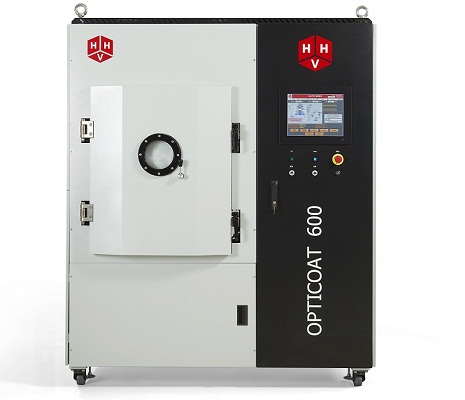
Hind High Vacuum unveils made in India ophthalmic coaters for ophthalmic lenses
The demand for ophthalmic lenses has been steadily increasing due to the growing number of people requiring vision correction. While the first model OPTICOAT 600 is suitable for small and mid-sized ..
Read more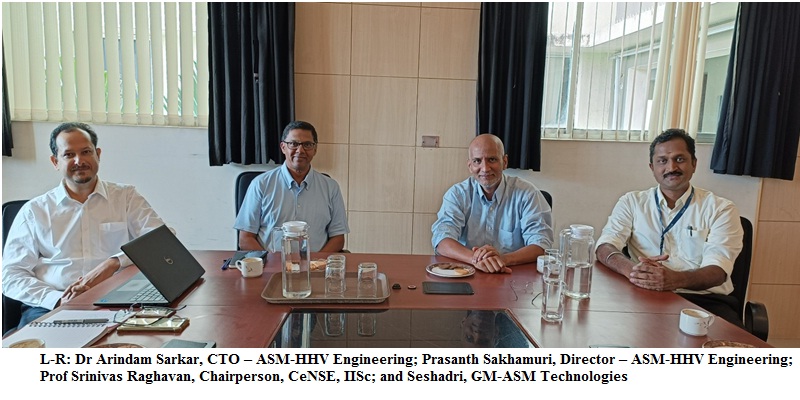
ASM-HHV Engineering joins IISc initiative to promote semiconductor research
The partnership aims to advance the nanoscience and nanoengineering environment in the Indian semiconductor industry
Read moreRelated Products
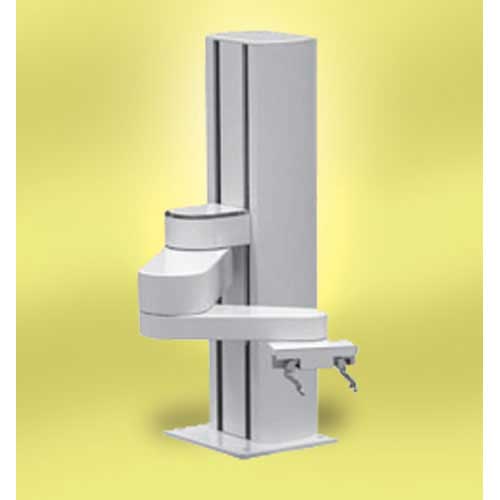
Collaborative Scara Robot
Malles Automated & Robotic Systems Private Limited
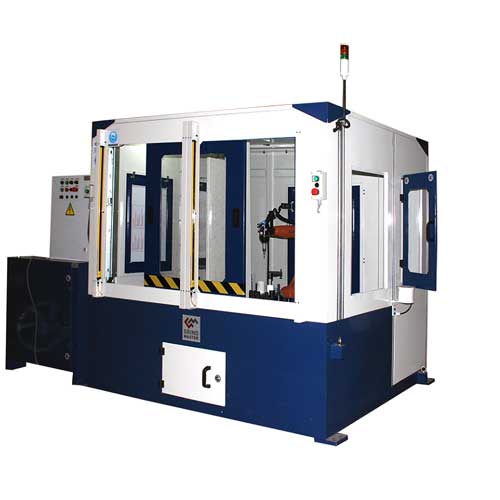
Robotic Deflashing of Aluminium Casting
Grind Master Robotic Deflashing Machine is an advanced and most reliable machine for Aluminium components. Robotic deflashing is a revolutionary technology developed by Grind Master Machines Pvt Lt Read more
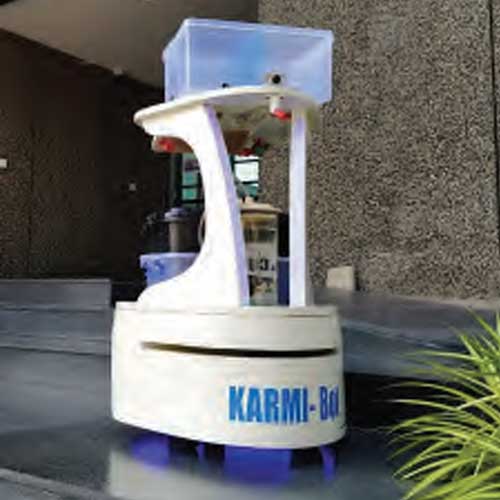
Karmi Bot
Asimov Robotics offers a wide range of Karmi Bot.















